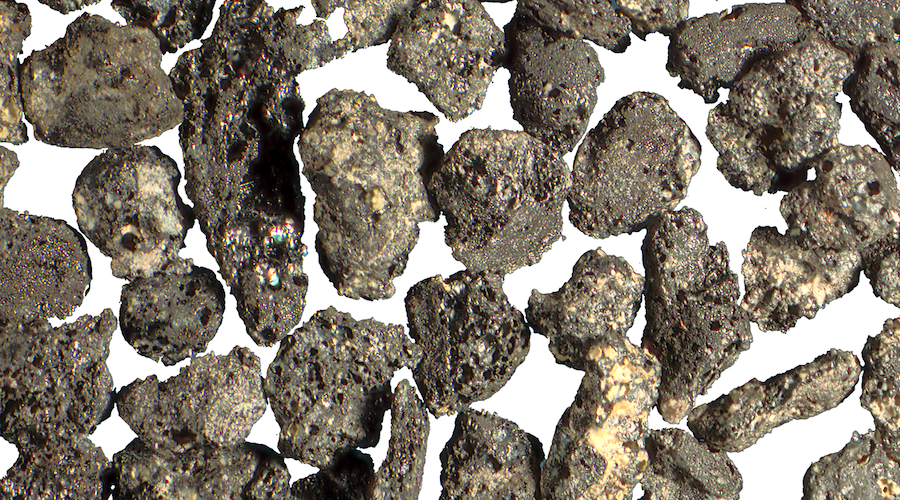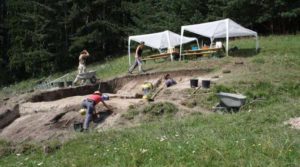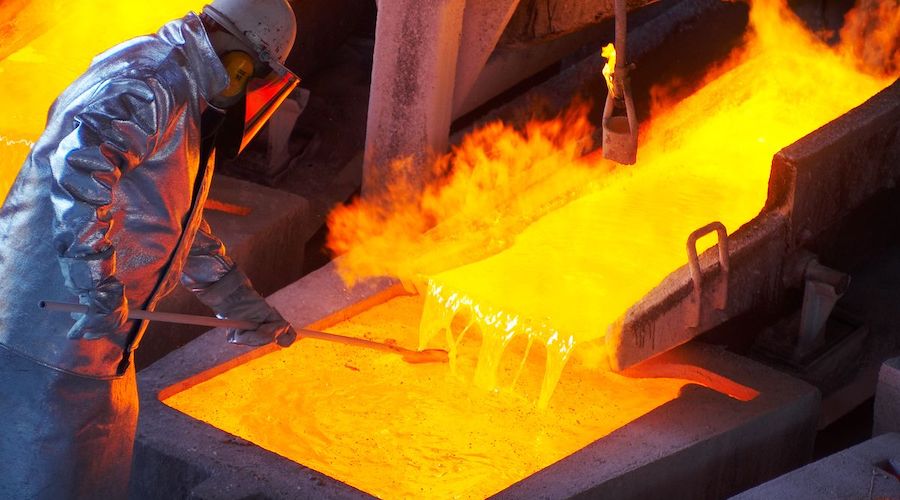Uber or Skip? Bronze Age miners had their own food delivery service

Nowadays, the delivery of food and supplies to remote mine sites like Canadian Royalties’ Nunavik nickel project in northern Quebec is big news. However, researchers say that this practice dates back to the Bronze Age.
In a paper published in the journal PLOS ONE, scientists from the Austrian Academy of Science and the University of Innsbruck present evidence that backs the idea that Bronze Age mining sites relied on outside sources to deliver pre-processed food to sustain the community.
According to the researchers, ancient copper mining sites are thought to have been specialized communities of craftspeople and miners that would not have produced their own food, instead requiring food to be provided by outside sources.
While some previous research has examined the animal-based foods common to these communities, few studies have investigated plants. In this study, however, lead author Andreas Heiss and colleagues contribute to this discussion with an examination of plant remains from the mining site of Prigglitz-Gasteil in the Eastern Alps in Austria, which was active between the 11th and 9th Century BCE.

The team was able to identify a variety of cereal plant remains showing signs of various forms of processing, such as grinding and dehulling, but little evidence of plant remains discarded during processing, such as chaff, or of tools used to process the material. This suggests that much of the site’s cereal food was being processed and possibly cooked off-site before being delivered to the miners.
Although these results match analyses of other Bronze Age mining sites of the Eastern Alps, it remains unclear exactly where these delivered foods were being originally processed.
The authors hope that further study on cereal plant remains and cooking tools at Prigglitz-Gasteil and other sites will help archaeologists piece together the details of how specialized sites were provided essential supplies.
{{ commodity.name }}
{{ post.title }}
{{ post.date }}

Comments